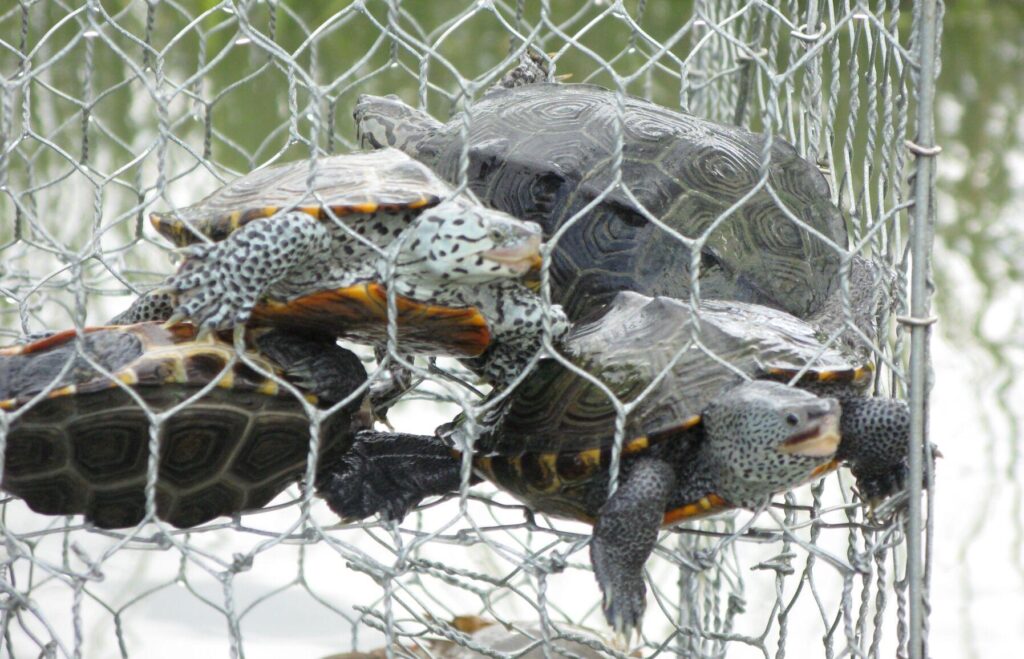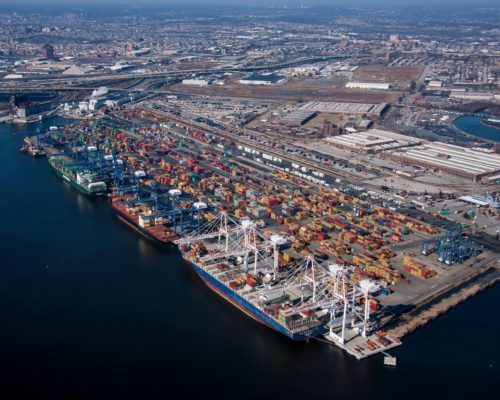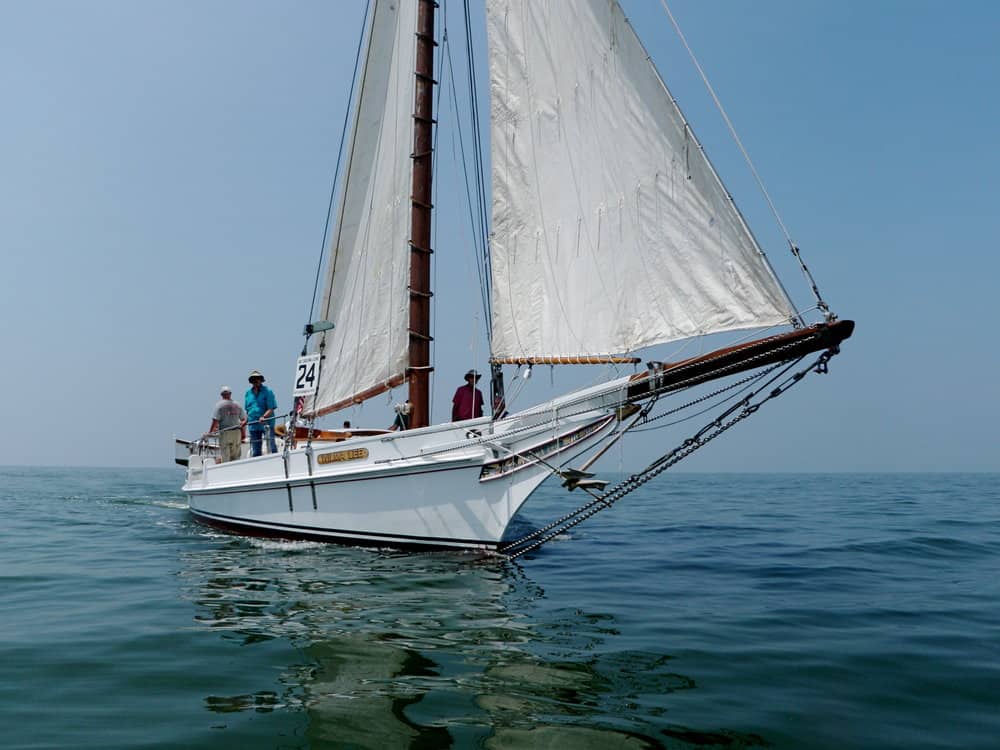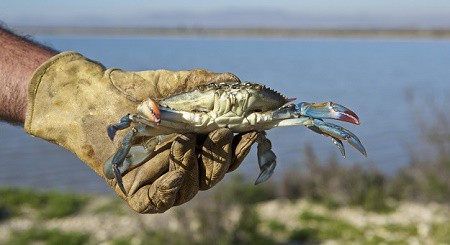The diamondback terrapin used to be so synonymous with Maryland that the state’s premier university claims the terp as its mascot. It’s officially designated as the state reptile.
But the species has faced significant threats, first from harvesting for food and more recently from drowning in crab traps. The Center for Biological Diversity (CBC) and 20 other organizations have teamed up to fight for Endangered Species Protection for the diamondback.
The group, which includes Bay-region organizations like Assateague Coastal Trust and Wild Virginia along with national nonprofits, petitioned NOAA Fisheries last month to protect the diamondback in its coastal marsh habitat range from Massachusetts to Texas.
CBC says the Chesapeake Bay is “probably the most important location for diamondback terrapins across its entire 16-state range along the Atlantic and Gulf Coasts.”
Across most of that region, says CBC, the terrapin population has declined by 75 percent over the past 50 years. The species, known for its freckled body and distinctive diamond-shaped shell pattern, was once a regular food source in Maryland and Virginia. As this 1964 cookbook recipe in the Maryland State Archives shows, terrapins were part of a popular soup, prepared similarly to cream of crab soup.
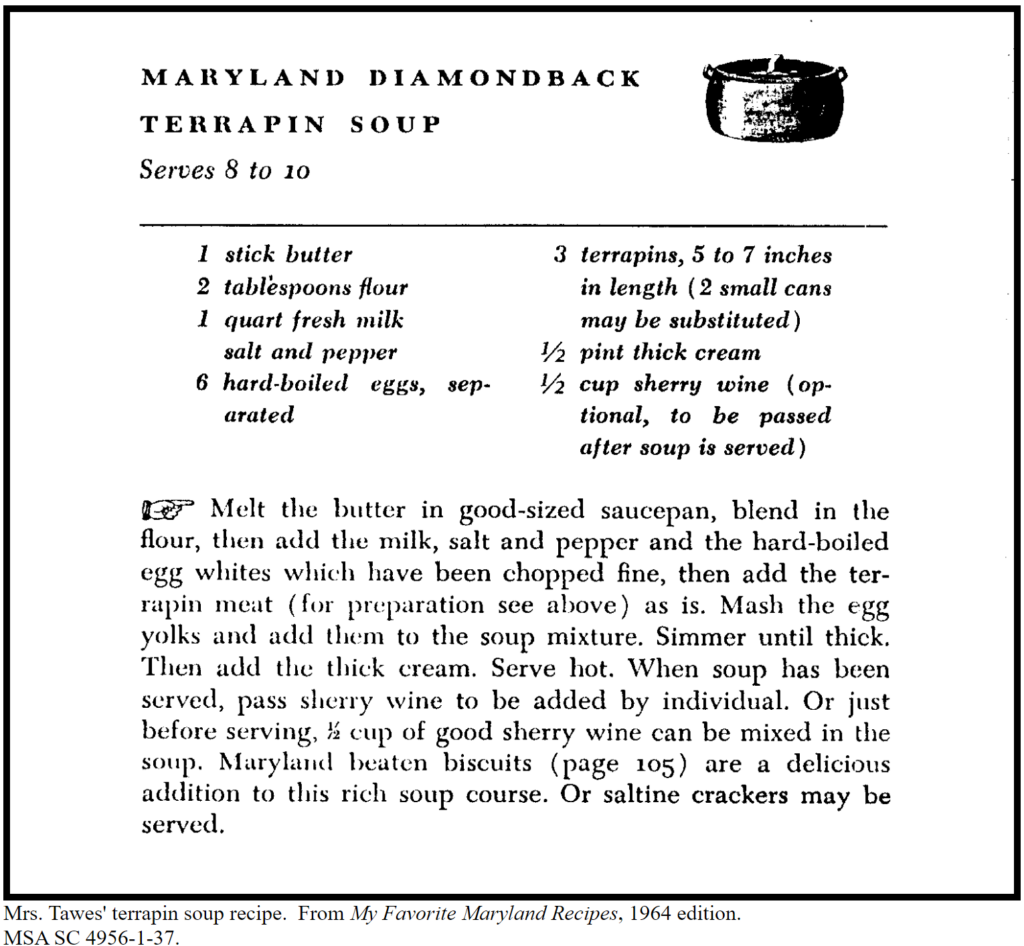
One by one, fishermen depleted different waterways’ terrapin population, the petition explains. It originally focused in Delaware Bay, but when those stocks were depleted, the focus moved to the Chesapeake. In Maryland, the terrapin harvest crashed from 40 metric tons to 0.4 metric tons, just 1 percent of the earlier harvest. Later, the harvest pushed to Alabama and Texas.
Even after Marylanders gradually gave up serving turtle soup, they continued to be a fishery in the state up until 2007 because of a growing demand for turtle meat in Asia. According to Maryland Sea Grant, in 2004 alone roughly 14,500 pounds of terrapins were harvested in Maryland. The practice was finally banned by the state legislature in 2007.
In the years since, habitat loss has been an issue, especially shorefront development that damages or alters the beaches where terrapins lay their eggs. The petition calls this “shoreline armoring” and notes it is especially bad in the Chesapeake Bay region.
Crab traps are also a particular concern, because turtles can get trapped inside, too. They can perish inside the submerged traps because they need to surface to breathe air. The problem is worsened by “ghost pots”, crap traps abandoned and lost in coastal waters that turtles can still enter by accident.
CBC says researchers estimate 60,000 to 80,000 terrapins are killed in active and abandoned crab traps each year.
“Tens of thousands of terrapins are drowning in crab traps each year. Without the lifeline of Endangered Species Act protection, they’ll sink into extinction,” said Will Harlan, a CBC senior scientist.
The solution has already been invented and is being used by many watermen—but not enough. Turtle excluders, known more formally as bycatch reduction devices, can reduce diamondback terrapin deaths by 94 percent, CBC says. They have no negative effects on crab harvests.
In Maryland, Turtle Reduction Devices (TDRs) are required by law on crab traps. In Virginia, a crabbing license is $10 more expensive without putting Terrapin Excluder Devices (TED) on every pot. Using them is “strongly encouraged”. Yet not enough people do, and the Bay terrapin population continues to decline.
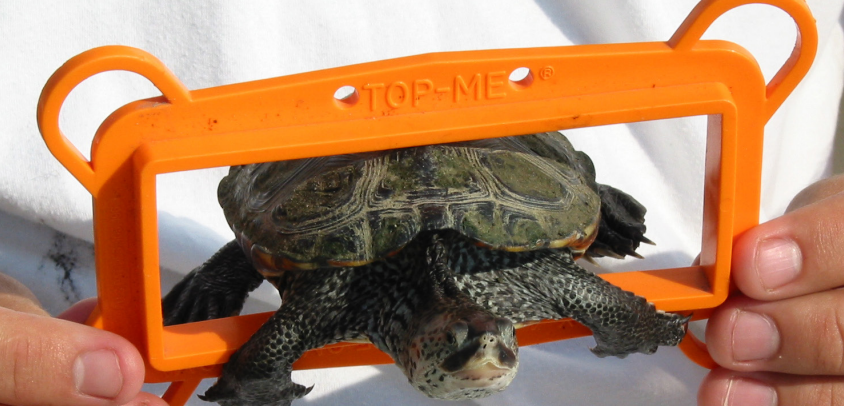
Other factors working against diamondback terrapins are pollution, poaching, boat strikes and vehicle strikes along the road. CBC says the terrapins are forced to travel farther in search of habitat. Thousands of egg-bearing females are hit and killed on roads each year.
Terrapins are also threatened by habitat loss from sea-level rise and development. They’ve already lost half of their original wetlands and are expected to lose up to 60% of their coastal marsh habitat by the end of the century.
As these animals travel farther in search of habitat, thousands of egg-bearing females are killed along roads each year. Increasing pollution, poaching, predators, boat strikes and climate change also threaten them.
The next step in the Endangered Species Protection petition is for the U.S. Fish and Wildlife Service (FWS) to issue a 90-day preliminary decision on whether the diamondback terrapin may warrant listing under the Endangered Species Act. If FWS decides that it may warrant listing, they begin a one-year species status assessment that examines the species’ population status and threats. At the end of that year, they issue a proposed decision.
However, there’s an extensive backlog at FWS and the average time for a species to be listed is now 10-12 years. Several species have gone extinct waiting to be listed, CBC says.

